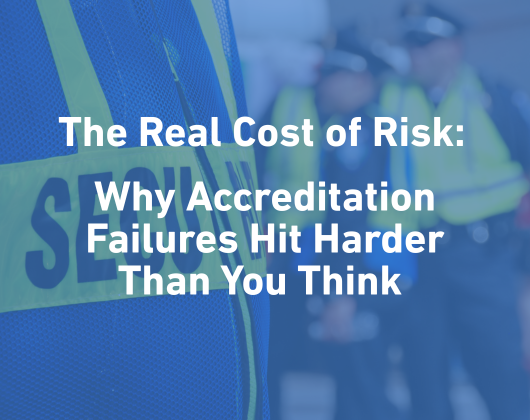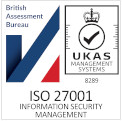What practical measures can be taken to prepare for Protect Duty’s introduction?
- Planning
Like most jobs, the starting place is planning. Create and run through various scenarios with your team on how you feel a terrorist may look to attack your venue or stadium. Then map out what you believe is the best response to each. - People
Once you have your plans in place, run regular sessions to remind staff of their obligations during an incident, and what the right responses are. This ensures everyone is on the same page and understands what they need to do should the unfortunate happen. - ACT Training
Ensure staff carry out the ACT training, a free course created by the National Counter Terrorism Security Office that is free to use and only takes 45 minutes to complete. You can access the course here. - Ensure your people are not a threat
Conduct a thorough review of the people involved in match days, to confirm their identity and ensure they don’t pose a threat. - Divide your venue into zones
Create zones and then set access rights based on the roles people do. This will ensure that only those with roles applicable to each zone can gain access. - Physical security
Have good physical security measures in place to stop attackers from forcing entry to your venue. Ensure best practice is followed like keeping vehicles away from crowds as much as possible. - Ensure CCTV is working
Have operational CCTV across the venue so you can keep track of what’s going on in real-time. - Entry searches
Ensure that a person’s search upon entry is correctly carried out to stop any potential threats from entering the venue. Have a set list of items that should be barred from being brought onsite and have this communicated to all visitors ahead of time. - Develop and Island Site Search Plan
Have an Island Site Search Plan which allows you to carry out a thorough search of your site. - Strong accreditation around your event
This is crucial as it will allow you to know exactly who is in your venue and what access they will have. We will go into more detail on this in our third and final blog.
Developing a Counter Terrorism Plan
All the above measures will help you to adhere to the Protect Duty, it will also be the starting point in developing an Event Counter Terrorism Plan by helping you to think through the possible incidents that could happen.
The main underlying theme of the new legislation is awareness, the importance of being up to date with the Terrorist Threat, understanding the potential attack methods and what mitigation methods you can use. It is also about understanding what to do if the unfortunate happens, the middle of an emergency is not the place to learn.
Our third blog, which you can find here, we will look at accreditation and how it can help in complying with the Protect Duty.
To ensure you don’t miss out on this, and all other blogs, make sure you sign up for our monthly newsletter.





![EAS-Accredit-300dpi[22]](https://www.accredit-solutions.com/wp-content/uploads/2024/01/EAS-Accredit-300dpi22-300x156.png)

